The MIT Blackjack Team: The Time the Casino Didn’t Always Win
The Foundations of a Legend
The Story Begins
Two Types Of Players In The Team
The Spotters
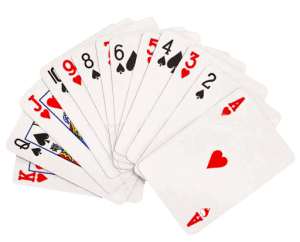 The Spotters sit down at a blackjack table and always play the minimum bet.
The Spotters sit down at a blackjack table and always play the minimum bet.
They are counting cards but never changing their betting patterns thus are not detectable by the casino.
Once the deck gets to a count where the players have an advantage against the house (usually +8 or higher), the Spotters’ job is to alert the big player and make sure they are aware of the actual running count by using one of the codewords.
The Big Players (Gorillas)
 The Big Players only join the table when the count is beneficial and an edge can be gained.
The Big Players only join the table when the count is beneficial and an edge can be gained.
They are then alerted of the running count by the Spotters using one of the codewords and adjust their bet sizing according to the current advantage percentage.
Further card counting and count keeping is done by the Big Players themselves.
Code Words Used
Since the players in the team acted like they do not know each other, the spotters were not able to just tell the big players what count it is.
Instead, they used various code words that were associated with a particular count of the deck.
Most of the associations are obvious to make it easier to remember them under pressure of playing.
Tree: +1. A tree looks like a one.
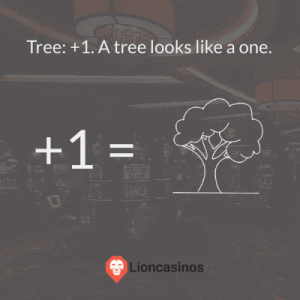
Switch: +2. Binary. on or off.
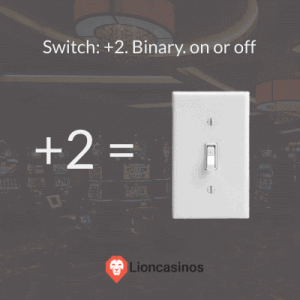
Stool: +3. A stool has three legs.

Car: +4. Cars have four tires.

Glove: +5. Five fingers.
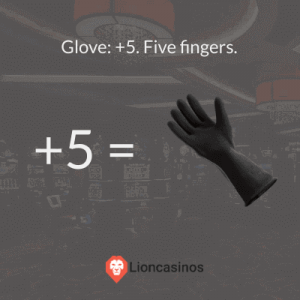
Gun:+6. Six bullets.
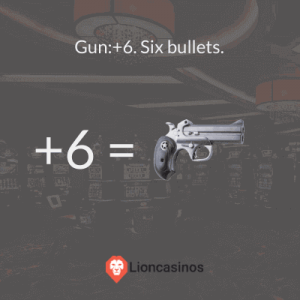
Craps: +7. Lucky seven.
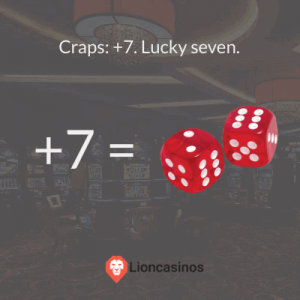
Pool: +8. Eight ball.
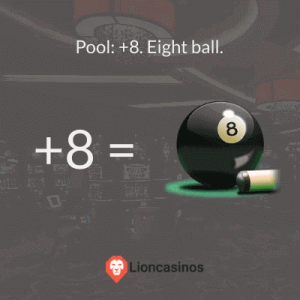
Cat: +9. Nine lives.
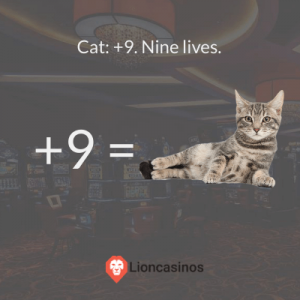
Bowling: +10. Strike.

Football: +11. Eleven people on a football team.

Eggs: +12. One dozen per carton.

Witch: +13. Superstition, bad luck number.

Ring: +14. Fourteen carat.
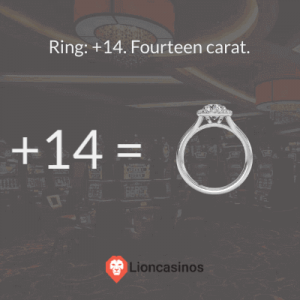
Paycheck: +15: The day on which you get paid.

Sweet: +16: Sweet sixteen.
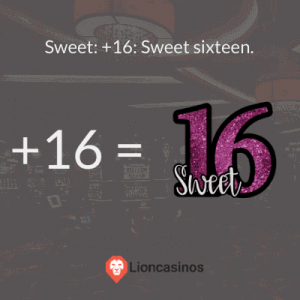
Magazine: +17: The name of a teen magazine (and 16 was already taken).

Voting booth: +18: The age you can vote.
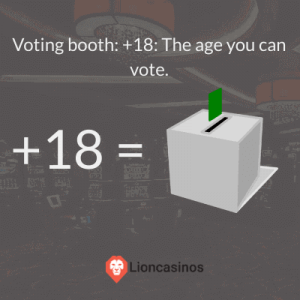


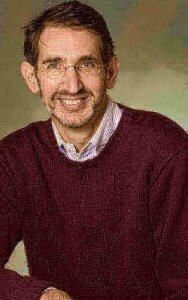 By May 1980, the group had had success, but nothing on an unusually large scale. While eating in a Chinese restaurant in Cambridge, Massar overheard a conversation by Bill Kaplan about blackjack.
By May 1980, the group had had success, but nothing on an unusually large scale. While eating in a Chinese restaurant in Cambridge, Massar overheard a conversation by Bill Kaplan about blackjack. While it was hot, the operations of the MIT Blackjack Team were secret and hugely successful. Many have tried to learn lessons from the operation that they ran, including (and not surprisingly) the casinos themselves.
While it was hot, the operations of the MIT Blackjack Team were secret and hugely successful. Many have tried to learn lessons from the operation that they ran, including (and not surprisingly) the casinos themselves.